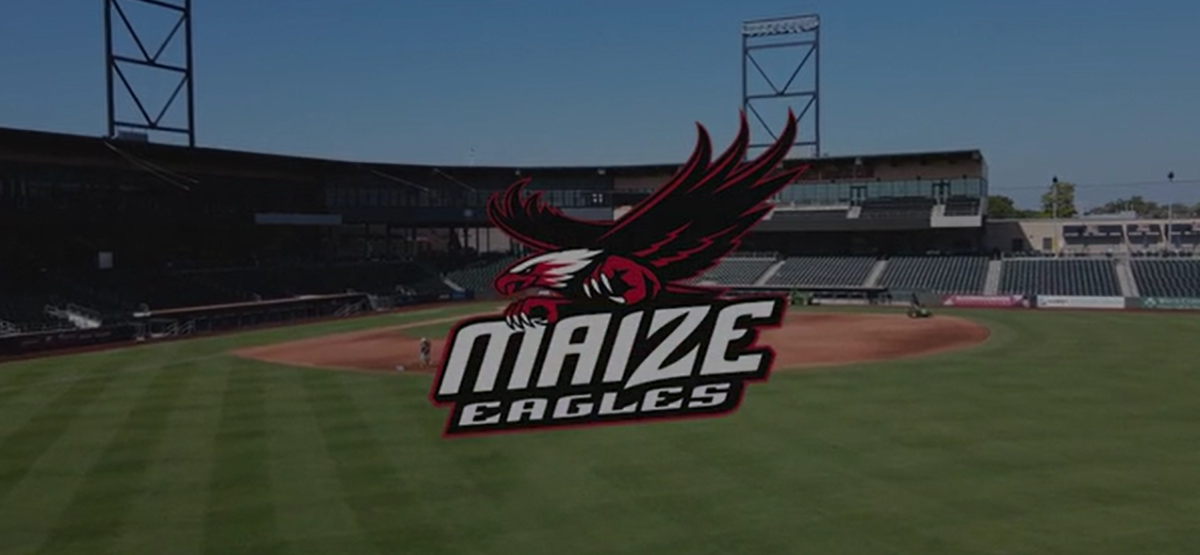The Democratic Iowa Caucus Crash; What’s next for the Democratic Party?
Photo courtesy of Melissa Nie-Flickr
Pete Buttieg supporters cheer at the Iowa rally in early February. Buttieg is the current front-runner for the party.
February 18, 2020
The Democratic caucus results for New Hampshire and Iowa are in. With chaotic and a disorderly election process for the Democrats in Iowa, questions have been raised about the integrity of Iowa Democrats and their elections.
During presidential election cycles, the states said to have the most power over winning a party nomination are Iowa first and foremost, and New Hampshire second. It acts as a political thermometer for the election when the two parties compete for the presidency due to the public opinion it garners when certain candidates do well and others don’t.
During the Iowa caucus, chaos quickly ensued when an app developed by Shadow Inc. called Iowa Reporter (well-known for reporting of results of the caucus) failed entirely. The party then quickly moved to the backup plan, in which they called in the results and volunteers would enter them into a secure system. However, when they attempted to enter the secure system, it denied them entry and required a code from the app that had failed earlier.
They began using a spare iPad to log in and send pictures of the results, however no one monitored the inbox. According to the New York Times, Tuesday morning there were 700 unopened emails with the results contained in unreliable photographs.
Troy Price, the chairman of the Iowa Democratic Party did not have an answer to assuage the ensuing chaos, and blindsided volunteers by hanging up in frustration.
The photos were sorted out as best as possible, and to the country’s surprise, Pete Buttigeg won by a slim margin with a total of 13 delegates, only beating Bernie Sanders by one delegate. Warren fell behind in 3rd place, only gaining eight delegates and Biden rounded out the candidates in 4th place.
“Tonight, an improbable hope became an undeniable reality,” Buttigeg said to a cheering crowd in Iowa. “So we don’t know all the results, but we know by the time it’s all said and done – Iowa, you have shocked the nation. Because by all indications we are going on to New Hampshire victorious.”
He would later congratulate Iowans on twitter as having “proved those skeptics wrong.”
While the disastrous event has taken center stage in the public eye, the failure has deeper roots than just this year. A complete failure casts doubt on how a critical part of America’s elections have been managed for years.

In New Hampshire, the caucus went smoother, with Sanders and Buttigeg both winning nine delegates. Sanders pulled ahead with around 4,000 more popular votes. Klobuchar secured six delegates; around 16,000 less popular votes than Sanders and Buttigeg.
“This victory here is the beginning of the end for Donald Trump,” Sanders said in his victory speech. “What I can tell you with absolute certainty, and I know I speak for all the Democratic candidates, is that no matter who wins – and we certainly hope that’s going to be us – we’re going to unite together and defeat the most dangerous president in the modern history of this country.”
Following Trump’s acquittal of impeachment, the State of the Union address, and the complications in the Iowa caucus, Trump’s approval rating has mushroomed.
While Buttigeg and Sanders have taken the forefront with voters in these two states, it is too early to tell who for sure will take the Democratic nomination nationally. The country will know in June of this year who will challenge Trump for the 46th presidency in November later this year.





